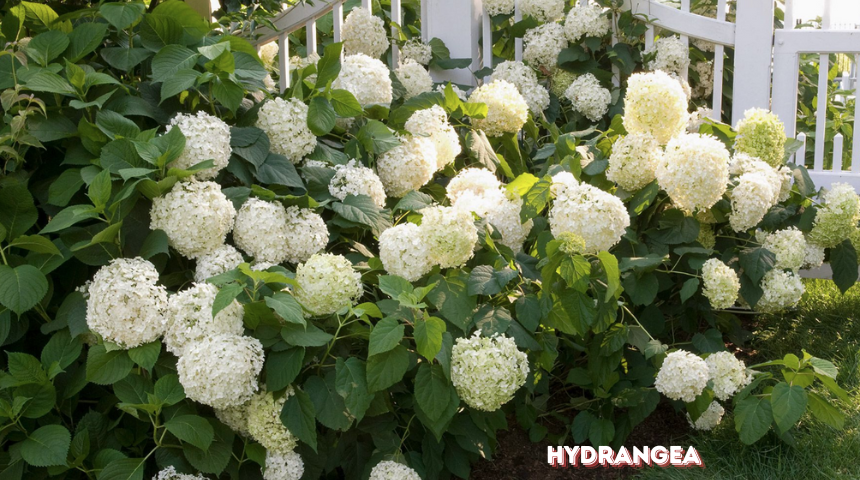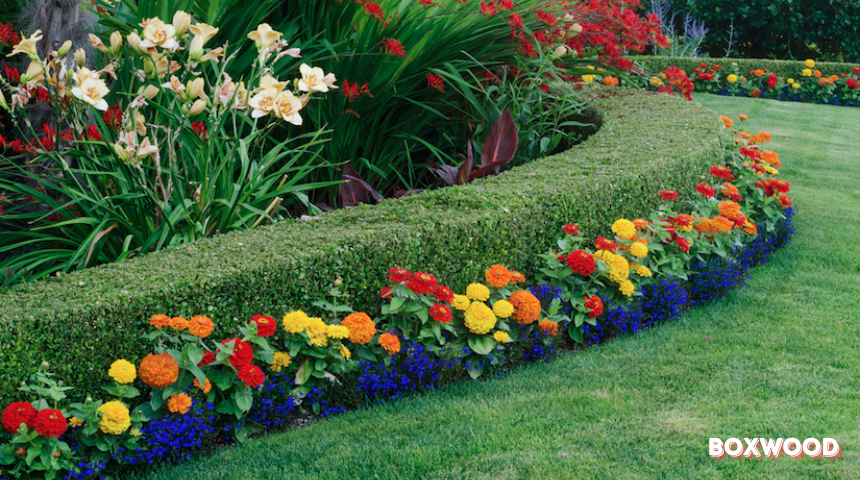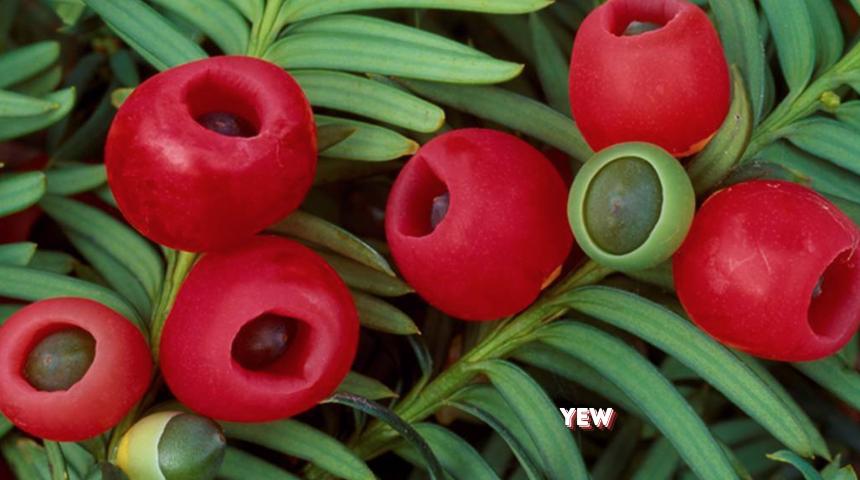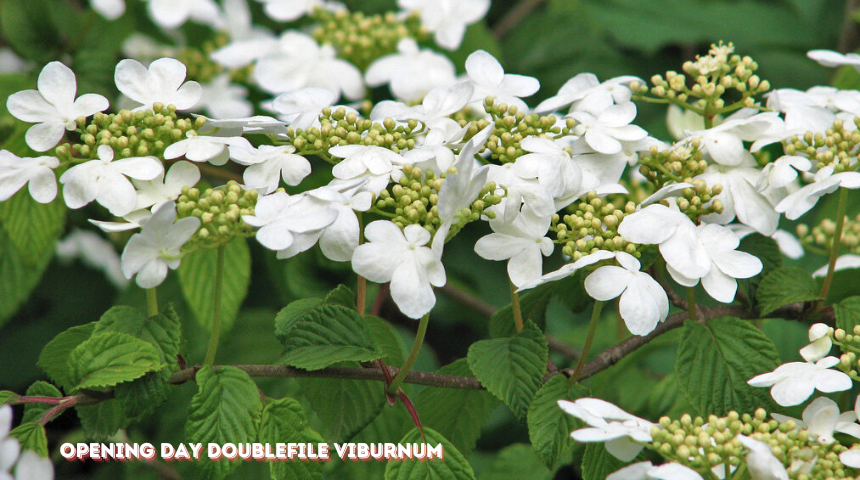Welcome back to my Gardening blog, where I decode the secrets of gardening for beginners. What bushes grow best in mostly shade? This is a question I often get from fellow gardeners. Finding the right plants for shaded areas can be a challenge.
Luckily, I’ve discovered several bushes that thrive in low-light environments. Choosing the right shade-loving bushes can transform any dim corner into a lush, thriving space.
Today, I’ll share some of my favorite options. These picks are reliable and easy to grow, even for beginners. Let’s dive into how you can create a beautiful, shaded garden.
What Bushes Grow Best In Mostly Shade?
Several bushes grow well in mostly shade. My top pick is hydrangea. It produces beautiful blooms and thrives in low light. Another great option is azalea.
It’s easy to care for and adds bright color to shaded areas. For something hardy, I recommend boxwood. It stays green year-round and tolerates shade well.
If you’re looking for something taller, yew bushes are perfect. They provide structure and can handle deep shade. Lastly, I like rhododendron for its lush foliage and vibrant flowers. These bushes will help your shady garden flourish.

1. Understanding Shaded Areas
Before diving into plant choices, it’s important to understand the type of shade in your garden. “Mostly shade” refers to areas that receive less than four hours of direct sunlight each day, with filtered light for the rest of the time. This type of lighting affects how plants grow, and not every bush can handle it.
There are also different kinds of shades:
Partial Shade: Gets some direct sunlight, usually in the morning or late afternoon.
Dappled Shade: Light filters through trees or structures, giving a mix of sun and shade.
Deep Shade: No direct sunlight is typically found under dense trees or structures.
Take some time to observe how much light your garden gets throughout the day to choose bushes that will thrive in that specific shade.
2. Top Bushes for Mostly Shade
Here are my top picks for bushes that flourish in shaded areas:
Hydrangea
Hydrangeas are one of my favorite bushes for mostly shade. They produce large, beautiful blooms that add color and texture to any garden.

They prefer morning sun with afternoon shade, making them a perfect choice for areas with less light. Bigleaf hydrangeas and smooth hydrangeas are particularly good for shade.
Care tips:
- Keep the soil consistently moist but not waterlogged.
- Mulch around the base to help retain moisture.
Azalea
Azaleas are known for their vibrant, colorful flowers that appear in spring. They thrive in partial shade and work beautifully in wooded gardens or spots that get morning sun. Evergreen azaleas are a good choice for year-round color.

Planting tips:
- Ensure well-drained, acidic soil.
- Water regularly, especially during dry periods.
Boxwood
For an evergreen option, boxwood is a great fit for shaded areas. Its dense foliage adds structure to the garden, and it stays green all year round. Boxwood is incredibly low maintenance and can handle partial to full shade, making it an excellent choice for hedges or garden borders.

Pruning tips:
- Prune once a year to maintain shape.
- Avoid pruning in extreme heat or cold to prevent damage.
Yew
Yews are tall, hardy bushes that thrive even in deep shade. I often recommend them to gardeners looking for structure and height in their shaded spaces. English yews and Japanese yews are popular varieties that work well in low-light gardens.

Care tips:
- Water yews deeply, especially during dry spells.
- They tolerate pruning well, so feel free to shape them as needed.
Rhododendron
Rhododendrons are perfect for adding both lush foliage and vibrant flowers to a shaded garden. They prefer cooler, shaded areas and can brighten up any corner with their colorful blooms. Catawba rhododendron is a popular shade-tolerant variety.

Maintenance tips:
- Keep soil moist, but avoid overwatering.
- Add mulch to help retain moisture and protect roots.
Here’s a detailed look at shrubs and flowering plants that thrive in shade:s
1. ‘Pink Charm’ Mountain Laurel (Kalmia latifolia)
This evergreen shrub flourishes in partial to full shade. Its striking pink flowers bloom in late spring, creating a beautiful contrast against its glossy, dark green leaves.
It prefers well-drained, acidic soil and is perfect for woodland gardens or shaded borders. The plant can grow up to 8 feet tall and wide, providing both structure and color to shady areas.

2. Opening Day Doublefile Viburnum (Viburnum plicatum f. tomentosum)
This deciduous shrub produces stunning white flowers in spring, which grow in double rows along horizontal branches. It thrives in partial shade and can grow up to 10 feet tall.

The plant also boasts vibrant red berries in late summer and brilliant fall foliage, making it a versatile, multi-season shrub.
3. Virginia Sweetspire (Itea virginica)
Virginia Sweetspire is a deciduous shrub known for its cascading, fragrant white flowers that bloom in early summer. It grows well in both full shade and partial shade, making it adaptable to different garden conditions.

In fall, its foliage turns a spectacular red, adding seasonal interest to the garden. It typically reaches 3 to 5 feet in height.
4. Camellia (Camellia japonica or Camellia sasanqua)
Camellias are beloved for their stunning, rose-like blooms that appear in fall or early spring. They prefer dappled shade and thrive in acidic, well-drained soils.

The glossy, evergreen leaves also provide year-round interest. Camellias can grow anywhere from 6 to 12 feet tall, depending on the variety, and add elegance to shady gardens.
5. Serviceberry (Amelanchier spp.)
Serviceberry is a small, deciduous tree or large shrub that grows well in partial shade. It produces clusters of white flowers in early spring and edible purple berries in summer.

The tree also has brilliant orange and red fall foliage. It grows up to 20 feet tall, making it a great choice for woodland gardens or as a focal point in a shady spot.
6. Japanese Pieris (Pieris japonica)
This evergreen shrub thrives in shade and adds year-round interest to the garden. In early spring, it produces cascades of small, bell-shaped white or pink flowers.

The new foliage often emerges in shades of bronze or red before turning green. Japanese Pieris prefers acidic, well-drained soil and can grow up to 8 feet tall.
7. Bottlebrush Buckeye (Aesculus parviflora)
Bottlebrush Buckeye is a shade-tolerant deciduous shrub with striking, bottlebrush-like white flowers that bloom in midsummer.

Its large, palmate leaves provide texture to shady areas, and the foliage turns yellow in the fall. This plant can grow up to 12 feet tall and wide, ideal for filling large, shady spaces.
8. Hypericum (Hypericum calycinum)
Also known as St. John’s Wort, this low-growing shrub thrives in part shade and produces bright yellow, star-shaped flowers throughout summer.

Its dense, evergreen foliage forms a thick ground cover, making it ideal for erosion control in shaded areas. Hypericum typically grows 1 to 2 feet tall.
9. Daphne (Daphne odora)
Daphne is prized for its intensely fragrant, small pink or white flowers, which bloom in late winter or early spring. This evergreen shrub thrives in partial shade and well-drained soil.

Daphne is somewhat fussy about its growing conditions but rewards with stunning fragrance and beautiful foliage. It usually grows 3 to 4 feet tall.
10. Diervilla (Diervilla sessilifolia)
Also known as Bush Honeysuckle, Diervilla is a hardy, shade-tolerant deciduous shrub. It produces clusters of yellow flowers in early summer, attracting pollinators like bees and butterflies.

Diervilla grows well in poor soils and can tolerate both full and partial shade. It usually reaches 3 to 5 feet in height and is excellent for naturalized or woodland areas.
3. Tips For Growing Bushes In Mostly Shade
Growing bushes in shade comes with its own set of challenges, but with the right care, your plants will thrive.
- Soil: Most shade-loving bushes prefer well-drained, slightly acidic soil. Adding organic matter like compost can improve soil quality and help retain moisture.
- Watering: Shaded areas tend to stay cooler, which can mean less frequent watering. However, make sure the soil doesn’t dry out completely. Aim for consistent moisture without over-saturating the roots.
- Fertilization: A slow-release fertilizer can provide the nutrients your bushes need without overwhelming them. Choose a fertilizer that is balanced or slightly higher in nitrogen to promote healthy foliage.
- Common Challenges: Shaded areas can be more prone to mold, mildew, and pests. Regularly inspect your bushes for any signs of disease or insect damage, and address problems early to prevent them from spreading.
4. Designing Your Shaded Garden
Once you’ve selected your shade-loving bushes, it’s time to think about garden design. Creating a layered, balanced look is key to making your shaded garden stand out.
- Combine Plants: Mix different textures and heights to add depth to your garden. For example, combine azaleas with hostas for a stunning contrast of color and texture.
- Layering: Use taller bushes like yew or hydrangea as the backdrop, with shorter plants like boxwood in the front. This creates a sense of depth and ensures all plants get the right light.
- Companion Plants: Consider adding companion plants that thrive in similar conditions, such as ferns, hostas, or hellebores. These plants will complement your bushes and fill in any gaps in your garden.
FAQ
FAQ 1: What are the best bushes for mostly shade?
Hydrangeas, azaleas, boxwoods, yews, and rhododendrons are excellent choices. They thrive in low light and add color or structure to your garden.
FAQ 2: Can hydrangeas grow in mostly shade?
Yes, hydrangeas do well in partial to mostly shade. They prefer morning sun and afternoon shade.
FAQ 3: Do azaleas need full sun to grow?
3 No, azaleas grow well in partial shade. They thrive in spots with morning sun and afternoon shade
FAQ 4: What evergreen bushes grow best in shade?
Boxwoods and yews are great evergreen options for shaded areas. They provide year-round greenery.
FAQ 5: How do I care for bushes in shaded areas?
Water regularly, keep soil moist, and use a slow-release fertilizer. Monitor for pests and diseases common in shaded environments.
Conclusion
Finding the right bushes for mostly shade can transform your garden into a beautiful, thriving space. With options like hydrangeas, azaleas, boxwoods, and rhododendrons, you don’t have to sacrifice color or texture in low-light areas.
These plants not only thrive but also bring structure and elegance to shaded spots. I’ve personally found that even deep shade can turn into a lush, green retreat with the right choices.
It’s all about knowing your environment and picking bushes that will flourish in the shade.
Remember, a shaded garden doesn’t mean dull. With a little care and planning, you can create a vibrant oasis. Whether you want blooms, an evergreen structure, or a combination of both, these shade-loving bushes will get the job done.
Don’t be afraid to experiment, and enjoy watching your shaded spaces come to life. A shady garden can be just as rewarding as a sunny one—it just takes the right plants!



